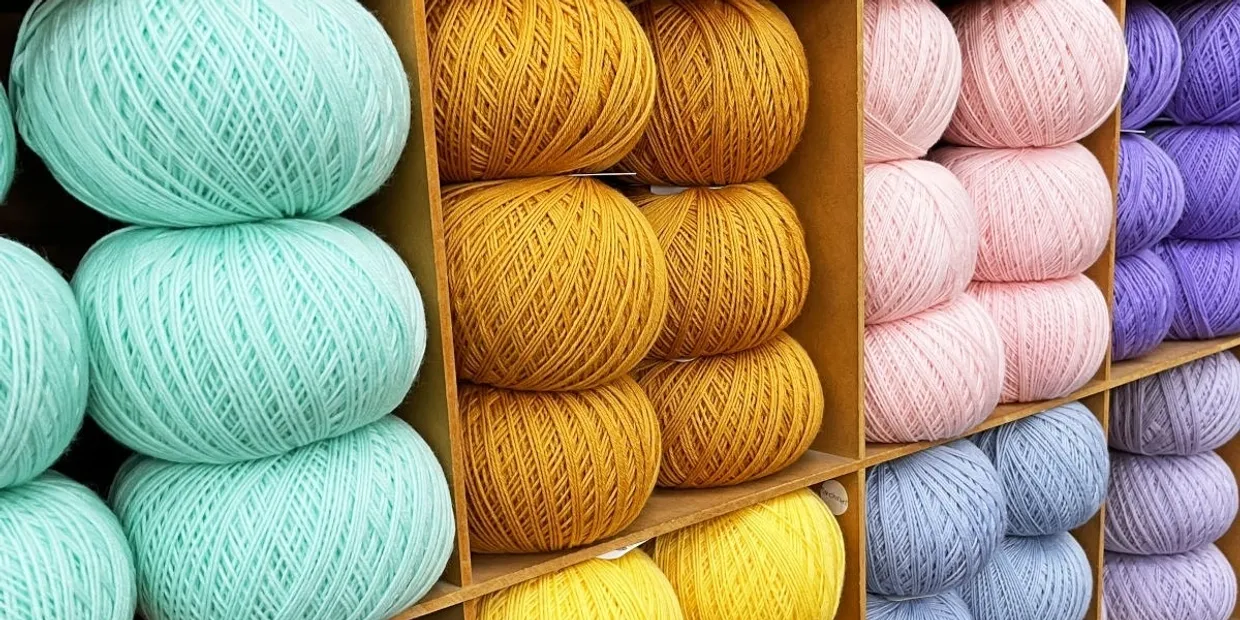India’s textile sector, a vital contributor to the nation’s economy and employment, faces a critical juncture, according to the latest Economic Survey. While traditionally a powerhouse in cotton-based textiles, the global market’s dramatic shift towards man-made fibres (MMF) presents both a challenge and an opportunity. The survey emphasizes the urgent need for India to adapt its strategy to capitalize on the burgeoning MMF market, where its current 9.2% production share lags significantly behind global leaders.
The global textile landscape is now dominated by MMF, accounting for 77% of fibre consumption in 2024, leaving cotton with a mere 22% share. This seismic shift necessitates a strategic realignment for India, whose textile export basket remains heavily skewed towards cotton products. The survey highlights that eight of India’s top ten textile exports are cotton-based, underscoring the need for diversification.
A key concern raised by the survey is the fragmented nature of India’s textile industry, particularly within the cotton segment. The complex and geographically dispersed value chain, from cotton production concentrated in Gujarat, Madhya Pradesh, and Andhra Pradesh, to yarn production in Tamil Nadu, and finally, weaving in Maharashtra and Gujarat, leads to increased costs and reduced competitiveness. This contrasts sharply with the streamlined, vertically integrated “fiber-to-fashion” models prevalent in competitor nations like China and Vietnam. These integrated firms enjoy economies of scale, lower costs, consistent quality, and the agility to respond quickly to evolving market demands.
The survey further points to the challenges posed by cumbersome customs procedures and regulatory complexities, which hinder Indian textile exporters. These bureaucratic hurdles add to the cost of doing business and put Indian firms at a disadvantage compared to their global counterparts who benefit from simpler, more liberal trade regimes.
Despite these challenges, the survey identifies significant opportunities for growth. The expanding technical textiles market, currently valued at $26.8 billion in FY24, presents a promising avenue for diversification. India’s technical textile sector is already a net exporter, with exports reaching $2.58 billion in FY24. Government initiatives like the Production Linked Incentive (PLI) scheme and quality control orders demonstrate a commitment to fostering growth in this area.
The survey acknowledges the vital role of the textile industry in the Indian economy, contributing 2.3% to GDP, 13% to industrial production, and 12% to exports. It is also a major employer, providing livelihoods to over 45 million people, particularly women and those in rural communities. The industry’s predominantly MSME structure, while contributing to its inclusive nature, also presents challenges related to scale, efficiency, and access to technology.
India’s textile exports in 2023 totalled $34 billion, with apparel accounting for 42%, followed by raw materials and semi-finished materials (34%) and finished non-apparel goods (30%). While Europe and the US remain key export destinations, the survey emphasizes the need to diversify markets and strengthen India’s global market share, currently at a modest 2.8% for apparel, far behind leaders like China, Bangladesh, and Vietnam.
The Economic Survey’s findings paint a complex picture of the Indian textile sector. While acknowledging existing strengths, it underscores the urgent need for strategic reforms, including a shift towards MMF, streamlining the value chain, simplifying regulatory procedures, and fostering innovation and technological advancement. These measures are crucial for India to capitalize on global opportunities and secure its position in the evolving textile landscape.

